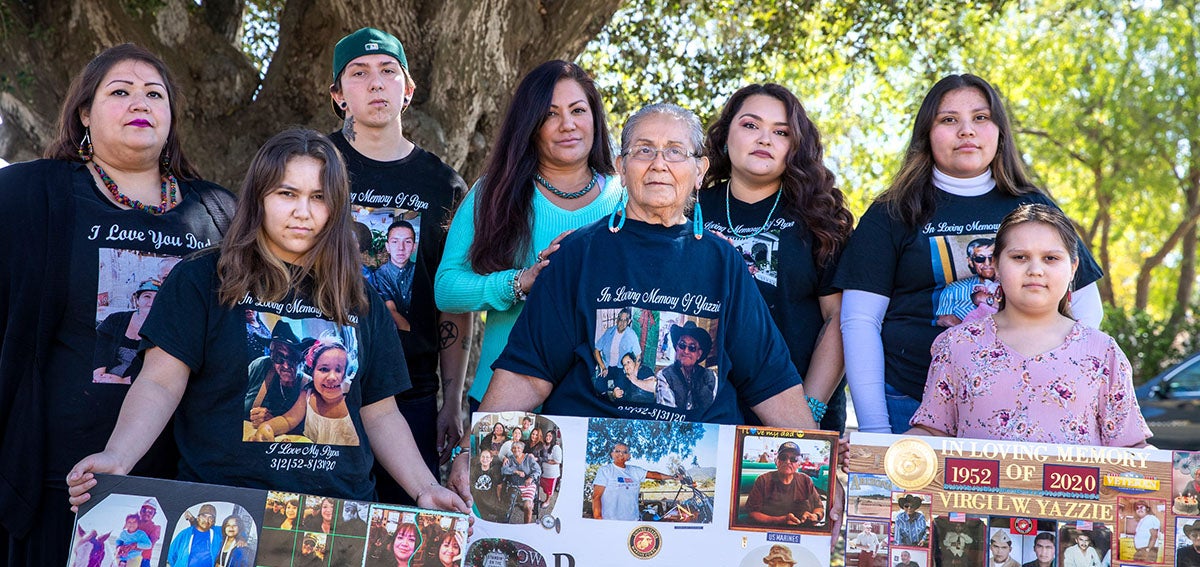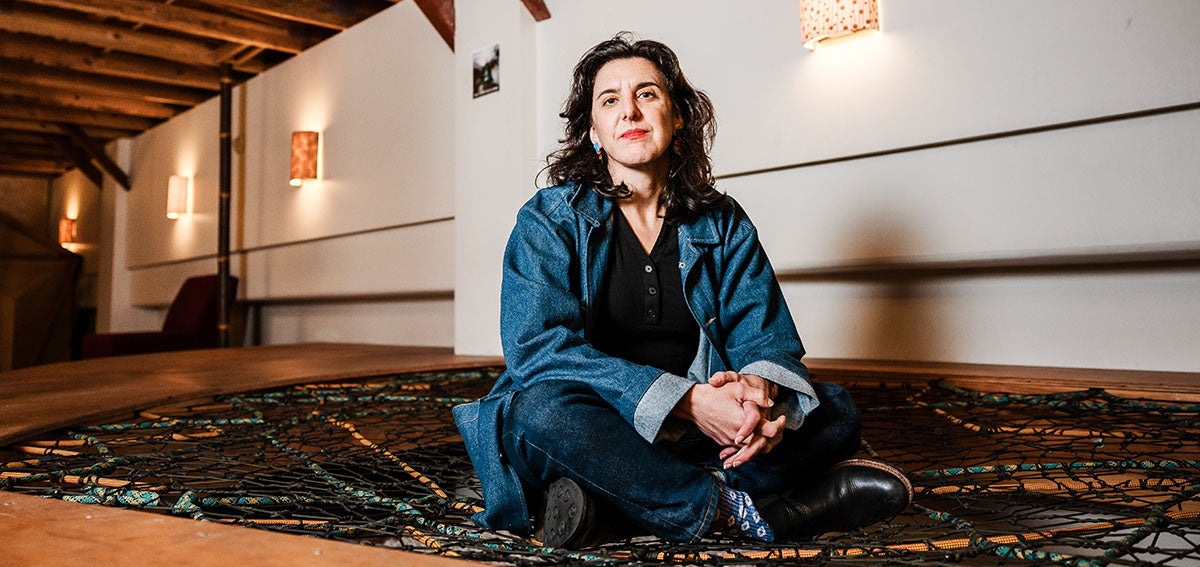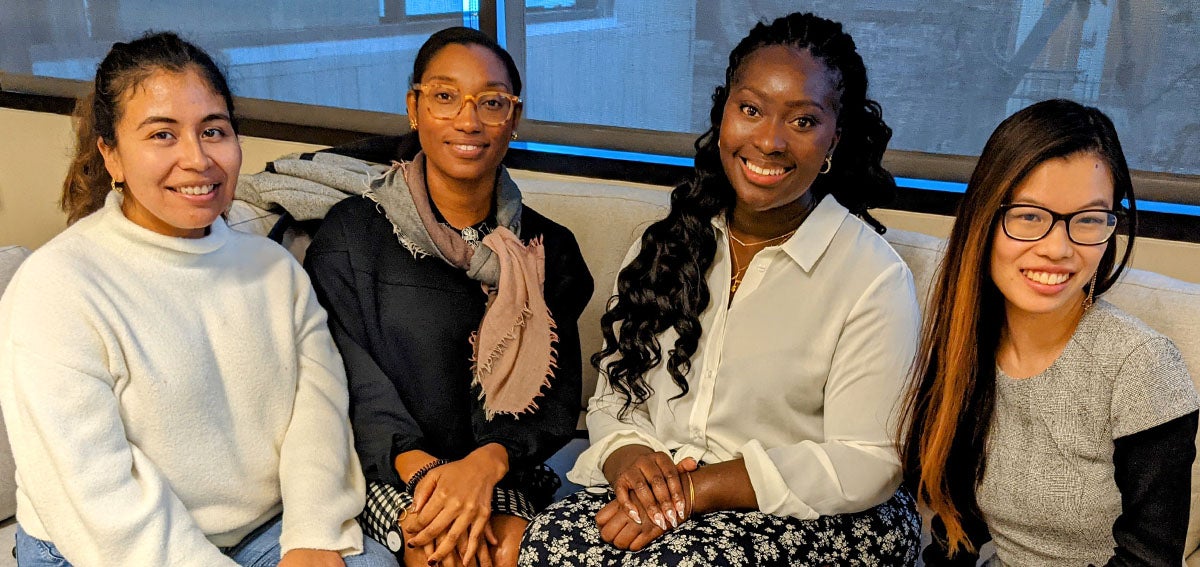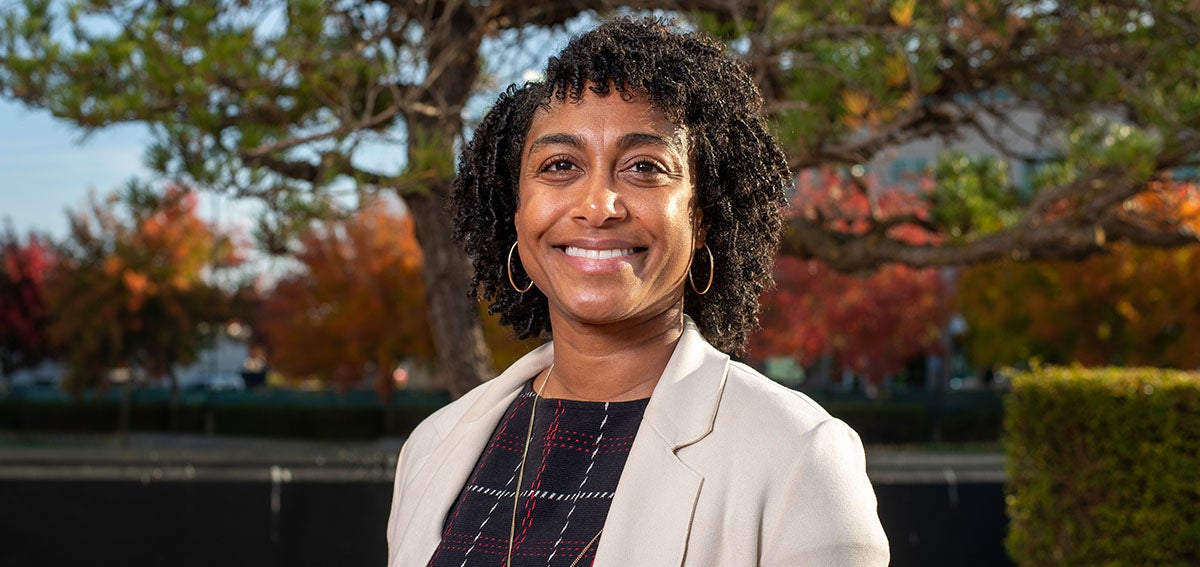

Last summer, Heather Yazzie spent a night as an inpatient at a hospital in Temecula, a desert town 30 miles north of Escondido. Down the hall in two other rooms were her father, a member of the Navajo nation, and her mother, part of the Pala Band of Mission Indians. All three were being treated for COVID-19. Heather was released the next day, but her parents had to stay. “Dad, I love you,” she told her father before she left. “You’re gonna be okay.” Shortly after they spoke, he died. Since then, Heather has lost five other relatives to the pandemic, reports Amanda Ulrich of The Desert Sun.
When Leticia Aguilar’s grandmother and aunt died within four days of each other, she lit a fire for each of them, a tradition for members of the Pinoleville Pomo Nation in Mendocino County. Aguilar, who lives in the Sacramento area, filled out their death certificates and marked their ethnicity as Native American. Aguilar told USA Today reporter Kate Cimini that she was greatly relieved that they would at least be counted. “It meant a lot for us as natives,” Aguilar told Cimini.
Like so many communities of color, Native Americans in California have been devastated by the virus — but the data may not reflect the full extent of the toll that COVID-19 has taken on them. As communities of Native Americans watch their relatives die, they also worry that their loss is not being fully recognized by a state data system that is misclassifying Native Americans as Latinx or multiracial.
Since early in the pandemic, tribal leaders feared widespread infections. “When people talk about minorities being affected, well, tribal people in this country are not in the minority. We’re an endangered species,” said Moke Simon, chair of both the Lake County Board of Supervisors and the Middletown Rancheria of Pomo Indians of California, a few weeks into the initial stay-at-home order. “There’s only two and a half million left of us,” he said. “And it’s very scary.”
When elders like the relatives of Yazzie and Aguilar are lost, it’s more than a family tragedy. “Many lives are being lost, especially our cultural keepers and our elders,” Joely Proudfit, PhD, chair of the American Indian Studies Department at Cal State San Marcos, told Richard Allyn of CBS 8 in San Diego. “The cultural knowledge that they bring to the community: That is irreplaceable.”
A Population at Risk
California is home to more than one-fifth of the nation’s Native American population. Existing health disparities, especially higher rates of chronic illnesses such as diabetes, heart disease, and hypertension, mean that this population is especially susceptible to becoming severely ill from COVID-19. People who experience poverty and lack access to health care also are more likely to have more than one of these preexisting conditions, said Britta Guerrero, MD, the CEO of the Sacramento Native American Health Center, on Capital Public Radio’s Insight show. American Indians and Alaska Natives were 3.5 times more likely to be diagnosed with COVID-19 than White people between January and June 2020, according to a report in The Lancet this month.
Nearly 9,000 Native Americans have been infected with the coronavirus in California, Cimini wrote in USA Today. Native Americans are four times more likely to be hospitalized for the illness, said Alinea Stevens, MD, a physician at Chapa-De Indian Health in Auburn and Grass Valley.
California Department of Public Health (CDPH) data show that Native Americans and Alaska Natives make up 0.5% of the state’s population and 0.3% of COVID-19 deaths, with 187 total deaths as of March 12, according to the Desert Sun. That data may not be correct because of how the state counts Native Americans who have more than one race or ethnicity.
Official data seem to contradict the experiences of Native Americans across California, and leaders of Native communities are concerned about the accuracy of the death toll.
Aguilar learned how easy it is to misclassify a Native person when she filled out her census form, she told Cimini. That’s why she was determined to be the one to fill out her relatives’ death certificates. Like more than half of Native Americans nationwide, they were multiracial (PDF). Aguilar’s grandmother was Filipino and Native American, and her aunt was Filipino, Mexican, and Native American. If Aguilar had checked those boxes, her relatives would not have been counted as Native American.
Data Confusion
According to California data collection guidelines, deaths identified as mixed race/ethnicity are classified as Hispanic or multiracial, not as Native American, the Desert Sun reported. The idea behind this data policy is to avoid distorting the overall tally by counting deaths in more than one category. The net effect is that deaths of Native Americans may go uncounted.
“I am 100% sure it is an underestimate,” Aurimar Ayala, epidemiology manager at the California Tribal Epidemiology Center, told Ulrich. The California Tribal Epidemiology Center is part of the California Rural Indian Health Board and funded largely by the federal Indian Health Service.
The epidemiology center used raw data from the US Centers for Disease Control and Prevention to calculate death rates of people who identify as Native American in combination with other races and ethnicities. Total deaths jumped from 187 to 348 through this month.
More than 80% of those who died were over 60 years old. The death of a tribal elder, as Proudfit noted, is more than the loss of an individual. “Once we lose an elder, regardless of what tribe they’re from, we lose a sense of history and knowledge because the elders are the ones that retain that knowledge,” James Ramos, a California Assemblymember and member of the Serrano/Cahuilla tribe, told Cap Radio’s Insight.
The disparities in deaths have not gone unnoticed by the Biden administration and Congress. The COVID-19 rescue plan provides unprecedented financial assistance to tribal governments, including $6 billion to bolster the Indian Health System and other Native American health services.
Tribal Vaccine Efforts
Despite the high rates of serious illness and death, there is some hesitancy among Native Americans about the COVID-19 vaccine. Veronica Whitehorse, RN, of the San Diego American Indian Health Center, said she faces resistance when she calls patients about scheduling a shot. “We don’t have a good . . . history with the government and what they’ve done to Native Americans in general. So that’s the basis of a lot of our mistrust,” she told KPBS reporter Maya Trabulsi.
Reactions to the vaccine are not monolithic, Erica Pinto, chairwoman of the Jamul Indian Village, told CBS 8. “There has been some resistance from younger and older people, but there have been others welcoming of the vaccine,” she said. “We trust in science for the most part.”
Creative approaches to outreach are helping overcome hesitancy. Elders were quick to reach out to help spread the word about vaccine safety once staff at the San Diego American Indian Health Center realized there might be challenges. “One of the things we did to counter it, which was really amazing, is some of our board members, our elders, they said, ‘You know what, when I get mine, I’m happy to do it on video and give a message and show that I’m doing this because I believe that we have to protect each other.’ That helped a lot,” clinic CEO Kevin LaChapelle told Trabulsi.
Other clinics tapped into aspects of Native culture to encourage people to get vaccinated, Guerrero explained on Insight. “We’re also telling our personal stories about the vaccination and why we decided to get vaccinated and why it’s important for us to protect each other,” she said. “We have this sense of collective responsibility to take care of people who are more vulnerable than we are. And so I think being able to have those conversations more readily with each other has probably been the most impactful.”
Native Americans still face significant barriers in getting fully vaccinated. Native Americans and Alaska Natives are among the most likely to miss the second dose of a two-dose vaccine, suggesting that their obstacles to health care are persistent, despite outreach and education efforts.
“Not everyone’s going to be able to get to a hospital or to . . . a vaccine center,” Assemblymember Ramos said on the podcast Sactown Talks. “We’re going to have to be able to create and get more funding for those mobile clinics that will go into the communities themselves, and in particularly communities of color, and that includes the Native American population.”
Tribal leaders expect that the next crisis they will face after COVID-19 will be the impact of pandemic-related trauma, but they are confident they will manage it. “We are extremely resilient,” Pinto of the Jamul Indian Village told CBS 8. “We have had to adapt for hundreds of years, and we survived.”
Authors & Contributors

Heather Tirado Gilligan
Heather Tirado Gilligan is a journalist who has written for publications including Slate, The Nation, CNN, and the Washington Post. Previously, she was executive editor of the California Health Report, a news nonprofit covering disparities in health and access to health care. Heather received a master’s degree in journalism from UC Berkeley and a PhD in English from Rutgers University, where she studied race in American culture.





